11 things you need to know about studying in Longyearbyen
Are you going to study at UNIS this spring? Here are some tips on how to settle in, and things you should know about studying and living in Longyearbyen.
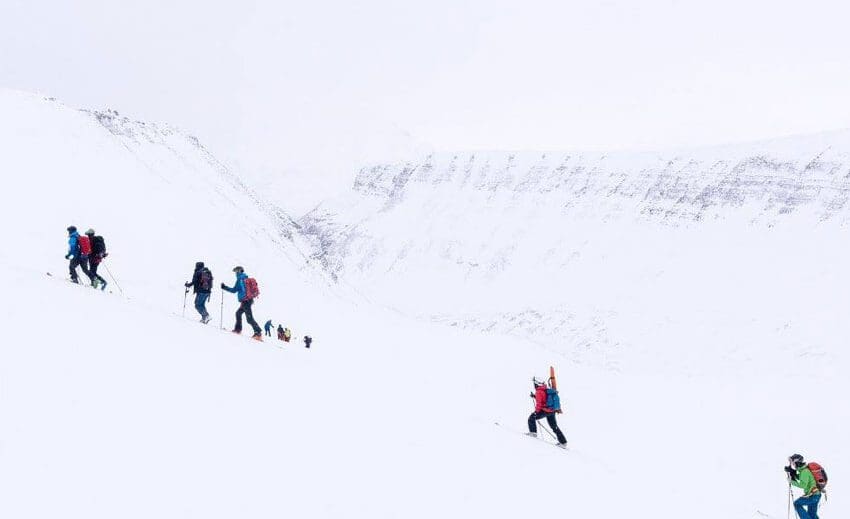
AG-346 students on their way to fieldwork. Photo: Erik Kuschel.
1. Weapons and security
As you leave the airport, the first thing you’ll see is the iconic polar bear sign, informing you that you’re now in polar bear country, and caution needs to be taken. It’s not normal to see polar bears in town, but they may be there, and therefore, if you go beyond the city limits, you need to bring polar bear protection. “Whaaat!?” you might think. “I’ve never shot with a rifle!” Don’t worry. The first week of your studies you’ll take part in a safety course where we’ll introduce you to all the dangers in the Svalbard wilderness, and then teach you how you can make sound decisions, avoid facing polar bears and stay safe.
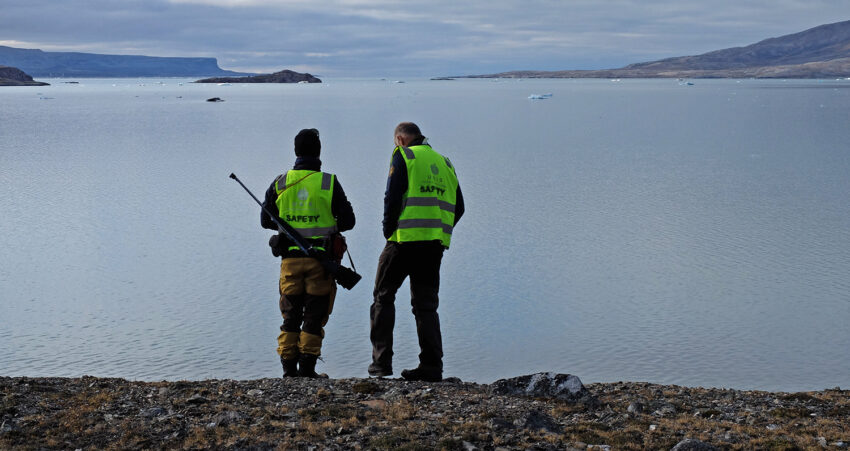
2. Where to go during your spare time
Your first impression after reading tip #1 may be to just want to stay in town to avoid dangers, but, hey, where’s the fun in that? The Svalbard wilderness is there to be explored, and your options are many and varied. There are several great hiking mountains just around town, and the autumn season is great for an afternoon/evening stroll to get some good views of Adventdalen or Isfjorden. The midnight sun sets around the time of semester start, giving you some amazing sunsets before the polar night kicks in. UNIS also have a cabin available for students in Bjørndalen, just outside town.
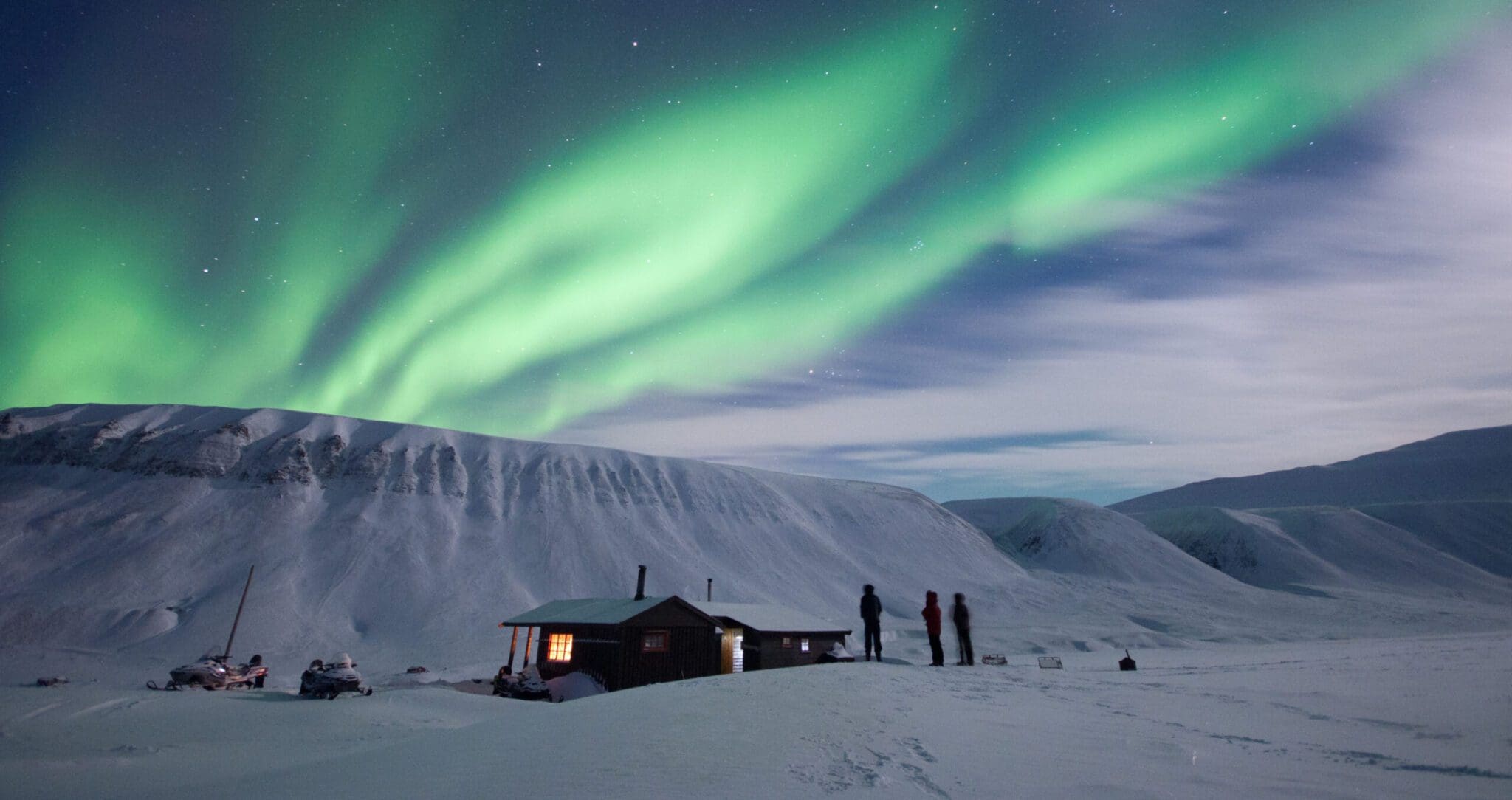
3. Polar night
From 12 November to 30 January, there’s polar night in Longyearbyen. It means the sun is 6° or more below the horizon, therefore making it pitch black. Some people dread the polar night and the darkness, but in Longyearbyen a lot of things goes on during the dark season. Jazz- and blues festivals, a vibrant restaurant- and pub-scene, not to mention Christmas, gives the locals a lot to look forward to. And we haven’t even mentioned the northern lights! This season can be quite bright in its very own, special way.
4. Reflective gear
During the polar night it’s crucial to be visible, and therefore, as soon as the nights get darker, you’ll see the locals boasting their reflective vests at every occasion. At UNIS, we care a lot about you, so in your starter kit, you’ll get your very own reflective vest too. Work it, wear it, be visible!
5. Everyone wears slippers
Can you imagine anything cozier than enjoying an exquisite dinner and a glass of aged red wine at the town’s fanciest restaurant, not in your high heels – but in your comfy slippers brought from home? The Longyearbyen tradition is to take your shoes off before entering a building. It used to be to avoid spreading coal dust everywhere, but the tradition has stuck, and at UNIS, hotels, the library, and many restaurants it’s normal to take your shoes off before entering. Some places have sweaty Crocs you can borrow, but most people bring their own.
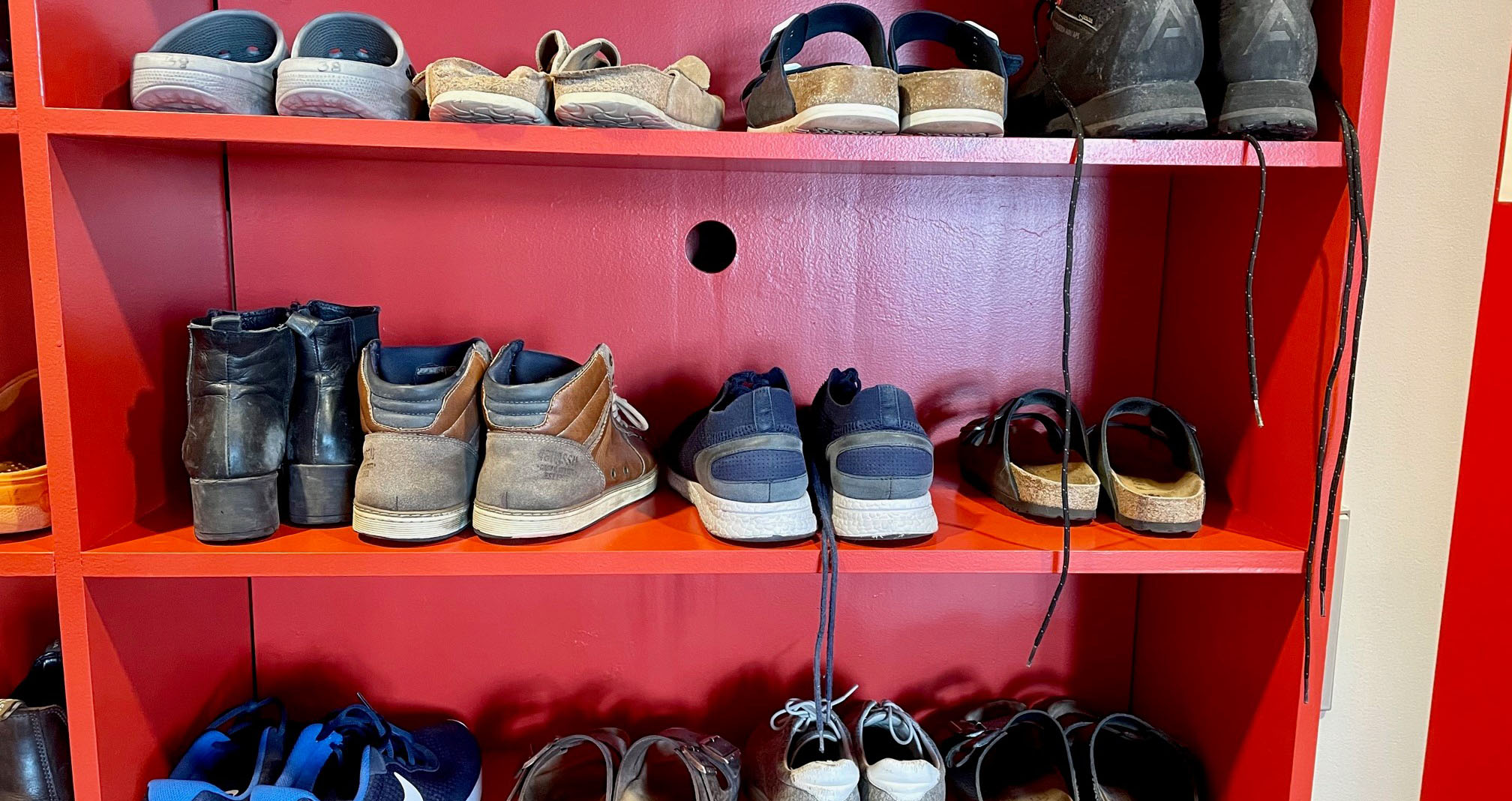
6. Mobile phone survival
You’ll be doing a lot of field work during your time at UNIS, but students often experience problems documenting it all on their phones (as most phones don’t like the cold). There are a few tricks to get by: 1) bring heat packs for your phone. By sticking on a heat pack the battery will last for a whole day out in the field. 2) keep it in your inner pocket. Many jackets (and snowmobile suits) have an inner pocket that’s closer to your body, and this will keep your phone alive for longer. Furthermore, never trust your phone when out in the field. The reception is quite poor as soon as you leave Longyearbyen, so don’t promise friends in town that you’ll call them to let them know you’re ok. Always bring a physical map and compass, and in general, be prepared to deal with any issues without the help of Google or Siri.

7. How to spend your bucks
Being situated close to the North Pole, most goods have traveled quite far to reach Longyearbyen. That means strawberries in February will cost you an arm and a leg, and taco might be the most expensive meal you can have in a week (cheese – expensive, meat – expensive, veggies – very expensive). Nevertheless, it’s possible to live in Longyearbyen without spending all your money. Plan your meals, become a master in bread-baking (there are several sour dough-enthusiast in town), and buy what’s in season. Unfortunately you’ll quickly realize that everything that’s healthy for you is expensive, and everything that unhealthy is cheap! There’s also a vibrant second-hand-community in town, and you quickly learn that everything has a value (and therefore, take good care of it!). The town also has its own “free-shop”, Bruktikken, where everything is free! A gem for new students needing a spoon, a plate or new, old curtains.
8. Shake that booty
The “Freshman five” is known as “Svalbardtillegget” (the Svalbard-addition) in Longyearbyen. It is referring to a comfortable lifestyle with a beer or two and good food and maybe less activity during the colder, darker months, that, ehm, results in a few extra kilos of “luggage” when returning home. It doesn’t have to be that way though. Longyearbyen has an incredible activity hall in Svalbardhallen, offering more activities than your average mainland city: badminton, basketball, table tennis, soccer, handball, indoor bandy, running, climbing, ski, spinning, swimming and volleyball. With the mountains right outside your doorstep there’s also plenty of possibilities to stay active by hiking or skiing during your semester in the north.
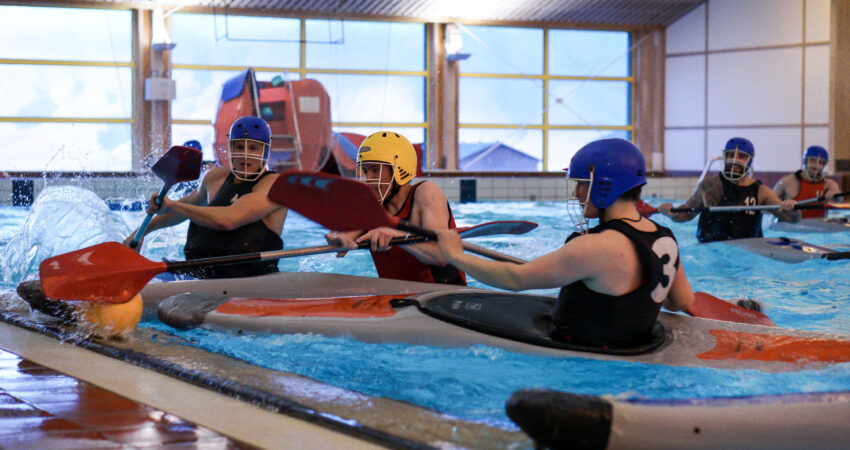
9. The famous word “hygge”
Most people in Longyearbyen have been new here once. Leaving family and friends behind and starting over again. Therefore, most people you’ll meet know how it is to have been new to a place. The locals of Longyearbyen are an including, active bunch of people, who enjoys a coffee at Fruene or a beer in the sunset.
10. A “social” life
In Longyearbyen, everything that’s worth knowing, happens on Facebook. It’s a small community where Facebook has established itself as the way to get in touch with others, regarding the reason. Want to buy or sell something? There’s a group for that! Want to watch the northern lights? There’s a group for that! Want to know what’s going on in town? There’s a group for that! Want to get notification every time someone sees a reindeer or ptarmigan? There’s a group for that! Want inspiring Svalbard pictures? Look no further.
11. Be nice
You’re only as strong as your weakest link. Longyearbyen is a small town, a small community where a lot of the great activities and initiatives that take place in town is done so by volunteers. During your time in town (which, if the stats are correctly, will be longer than you first anticipated), add to the small-town spirit: Volunteer! Cheer! Sign up!
Welcome to a semester (or two) at UNIS in Longyearbyen!